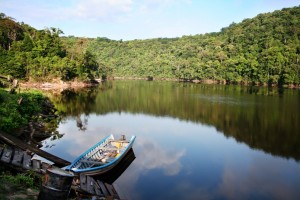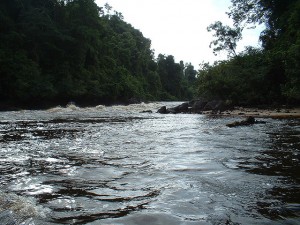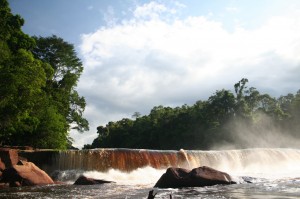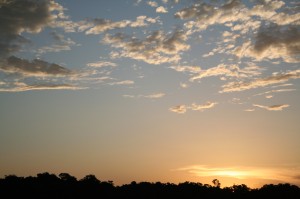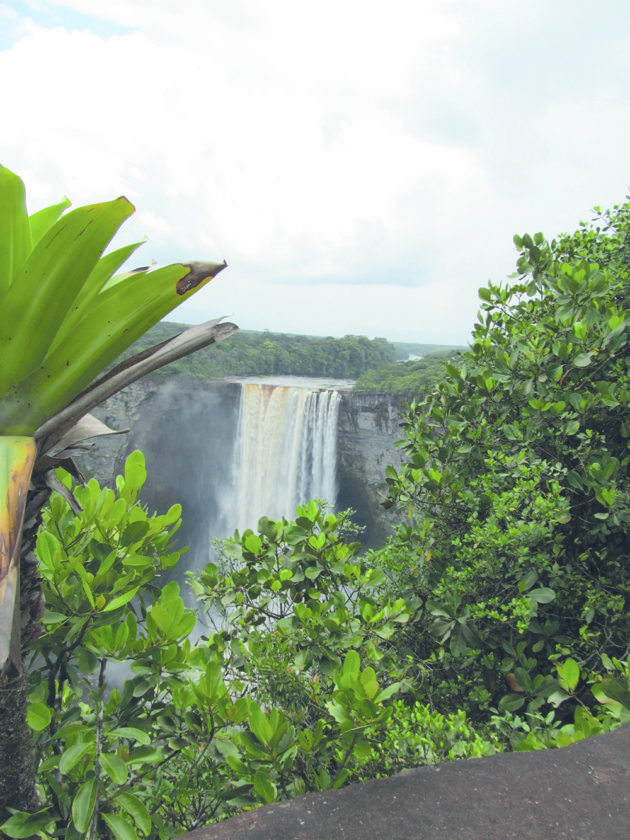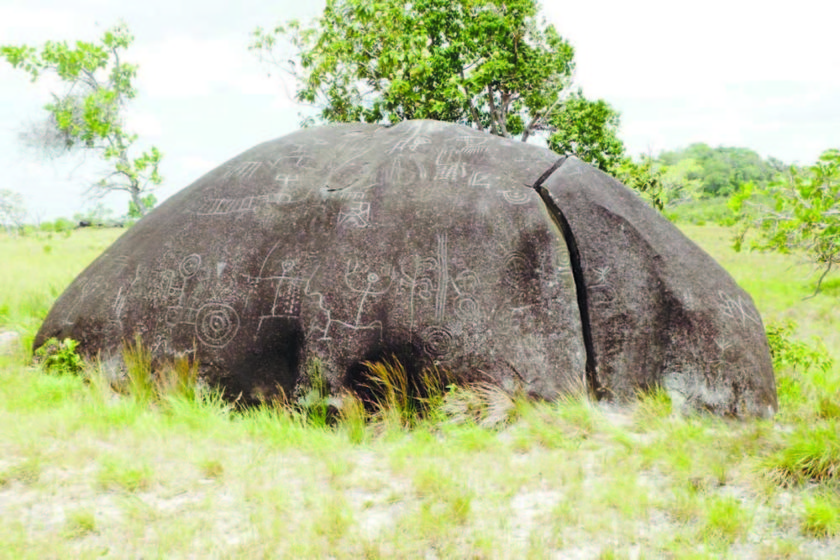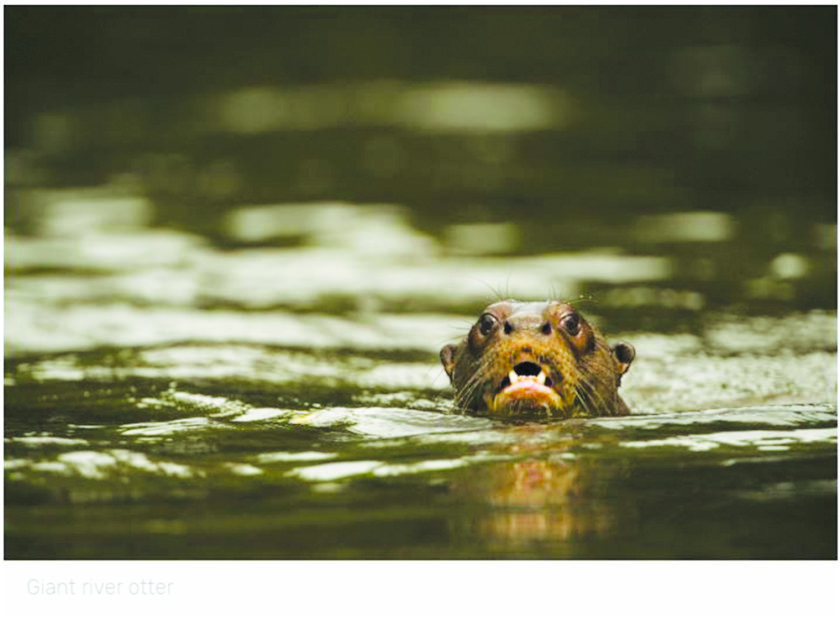The Mazaruni River is a tributary of the Essequibo River in northern Guyana. Its source is in the remote western forests of the Pakaraima Mountains, and its confluence, with the Cuyuni River, is near Bartica.
The Roraima plateau is also the source of the Mazaruni River. The Mazaruni River drops down from each Roraima plateau through three steep sided canyons with many picturesque falls and creeks.
